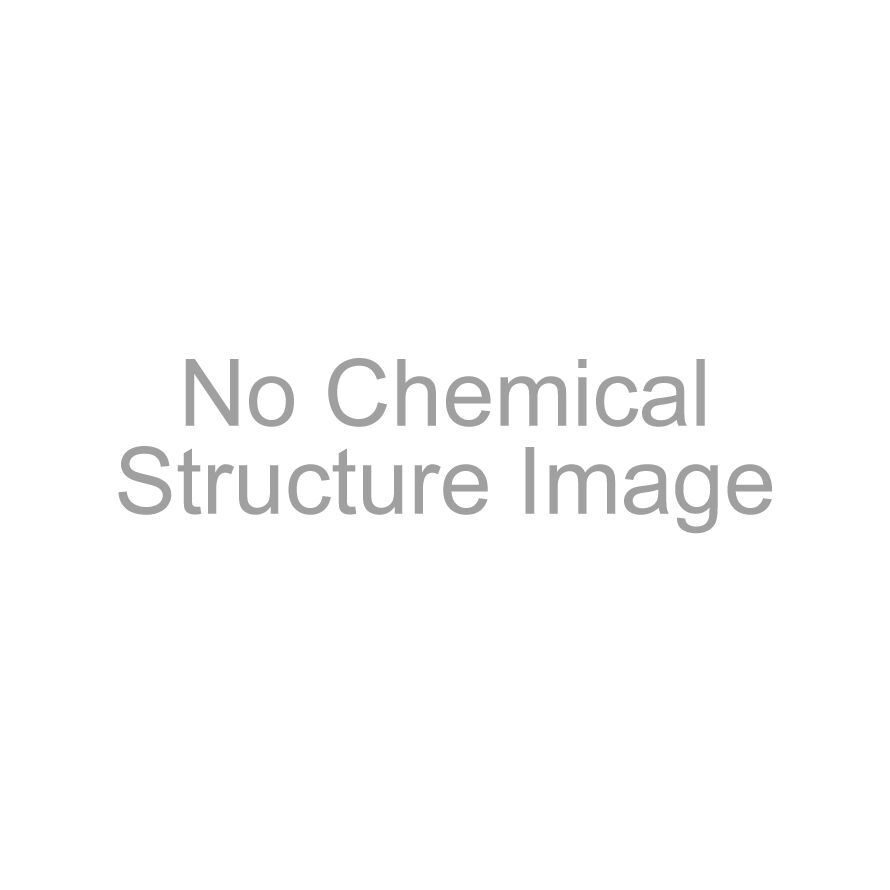Published TCIMAIL newest issue No.199
Maximum quantity allowed is 999
CAS RN: 540-80-7 | Producten #: N0357
tert-Butyl Nitrite

Zuiverheid: >90.0%(GC)
- Nitrous Acid tert-Butyl Ester
| Afmeting | Eenheidsprijs | België | Japan* | Hoeveelheid |
|---|---|---|---|---|
| 25ML |
€41.00
|
14 | ≥100 |
|
| 250ML |
€316.00
|
1 | ≥100 |
|
*Stock beschikbaar uit voorraad in België leverbaar in 1 tot 3 dagen
*stock beschikbaar uit voorraad in Japan leverbaar in 1 tot 2 weken (met uitzondering van gereguleerde producten en zendingen met droog ijs)
| Artikel # | N0357 |
Zuiverheid / Analysemethode 
|
>90.0%(GC) |
| Moleculaire formule / molecuulgewicht | C__4H__9NO__2 = 103.12 |
| Fysieke toestand (20 graden C) | Liquid |
Opslag condities 
|
Refrigerated (0-10°C) |
| Opslaan onder inert gas | Store under inert gas |
| Te vermijden condities | Light Sensitive,Air Sensitive,Heat Sensitive |
| CAS RN | 540-80-7 |
| Reaxys registratienummer | 1209339 |
| PubChem product ID | 87573709 |
| SDBS | 3977 |
| Merck-index (14) | 1583 |
| MDL-nummer | MFCD00002055 |
| Appearance | Colorless to Yellow to Orange clear liquid |
| Purity(GC) | min. 90.0 % |
| Kookpunt | 63 °C |
| Flp | -13 °C |
| Soortelijk gewicht (20/20) | 0.87 |
| Brekingsindex | 1.37 |
| oplosbaarheid in water | Slightly soluble, Decomposes in contact with water |
| Oplosbaarheid (mengbaar met) | Alcohol |
| Pictogram |



|
| Signaalwoord | Gevaar |
| Gevarenaanduidingen | H302 + H332 : Schadelijk bij inslikken en bij inademing. H370 : Veroorzaakt schade aan organen. H225 : Licht ontvlambare vloeistof en damp. |
| Voorzorgsmaatregelen | P260 : Nevel of damp niet inademen. P210 : Verwijderd houden van warmte, hete oppervlakken, vonken, open vuur en andere ontstekingsbronnen. Niet roken. P233 : In goed gesloten verpakking bewaren. P264 : Na het werken met dit product de huid grondig wassen. P370 + P378 : In geval van brand: blussen met droog zand of alcoholbestendig schuim. P308 + P311 : NA (mogelijke) blootstelling: een ANTIGIFCENTRUM/arts raadplegen. |
| EC-nummers | 208-757-0 |
| RTECS # | RA0802000 |
| UN-nummer | UN2351 |
| Klasse | 3 |
| Verpakkingsgroep (DOT-AIR) | II |
| HS-NR (invoer / uitvoer) (TCI-E) | 2920907090 |

-
Used Chemicals
-
Procedure
-
To a solution of p-anisidine (123 mg, 1.0 mmol), p-TsOH-H2O (190 mg, 1.0 mmol, 1.0 eq.), KI (415 mg, 2.5 mmol, 2.5 eq.) in acetonitrile (5 mL) was added dropwise tBuONO (0.30 mL, 2.5 mmol, 2.5 eq.) at 0 °C and the mixture was stirred at same temperature for 30 min. Then the reaction mixture was heated 60 °C and stirred for 4 h. After quenching with water (15 mL), it was extracted with ethyl acetate (15 mL x 3) and the organic layer was washed with 2 mol/L HCl aq. (15 mL), sat. NaHCO3 aq. (15 mL), brine (15 mL), dried over sodium sulfate and filtered. The solvent was removed under reduced pressure and the residue was purified by column chromatography (on silica gel, ethyl acetate:hexane = 1:4) to give 4-iodeanisole as a red solid (202 mg, 86% yield).
-
Experimenter’s Comments
-
The reaction mixture was monitored by UPLC.
-
Analytical Data
-
4-iodeanisole
1H NMR (400 MHz, CDCl3); δ 7.56 (d, J = 8.0 Hz, 2H), 6.68 (d, J = 8.0 Hz, 2H), 3.78 (s, 3H).
-
Lead Reference
-
- A New, One-Step, Effective Protocol for the Iodination of Aromatic and Heterocyclic Compounds via Aprotic Diazotization of Amines

Reference
- Benzyne Click Chemistry with in Situ Generated Aromatic Azides

1. Chlorination:1)
To a mixture of copper(II)chloride (24.35 g, 181.2 mmol), dry acetonitrile (200 mL) and tert-butyl nitrite (25.7 mL, 226.5 mmol), a solution of 4-bromo-2-chloro-5-fluoroaniline (33.9 g, 151 mmol) in dry acetonitrile (200 mL) is added at 60 ℃ under nitrogen. The mixture is stirred for 30 min at 60 ℃, followed by cooling to room temperature and addition of 2M HCl (400 mL). The phases are separated, and the water phase is extracted with diethyl ether (150 mL). The combined organic phases are washed with water and dried over MgSO4. The organic phase is concentrated on the rotary evaporator and is distilled at 150 ℃/ 20 mbar, yielding colourless oil (30 g, 111 mmol, 72% yield, 90% purity).
Anhydrous copper(II) bromide (6.8 g, 30.5 mmol), tert-butyl nitrite (4.3 mL, 36 mmol), and anhydrous acetonitrile (150 mL) are added to a three-neck round-bottom flask, and the mixture is heated to 65 ℃. 2,7-Diamino-9,10-anthraquinone (2.9 g, 12 mmol) is added slowly over a period of 5 min to the reaction mixture. Nitrogen is evolving during the reaction. After nitrogen evolution have subsided, the reaction mixture is cooled to room temperature and poured into an aqueous 20% HCl solution (100 mL). The crude solid product is collected, washed with ether, and chromatographed on a silica gel column (hexane : CH2Cl2 = 1: 1) to afford the desired product (2.6 g, Y.60%) as a yellow solid.
References
- 1)Synthesis of Dioxin-like Monofluorinated PCBs: for the Use as Internal Standards for PCB Analysis.
- 2)Arylethynyl Substituted 9,10-Anthraquinones: Tunable Stokes Shifts by Substitution and Solvent Polarity.
Documenten
Veiligheidsinformatie-blad (VIB)
Het gevraagde SDS is niet beschikbaar.
Neem contact met ons op voor meer informatie.
Specificatiedocument
Analyse certificaat & andere certificaten
Voorbeeldanalysecertificaat
Een voorbeeldanalysecertificaat voor dit product is op dit moment niet beschikbaar.
Analytische grafieken

De gevraagde analytische grafiek is niet beschikbaar. Onze excuses voor het ongemak.





